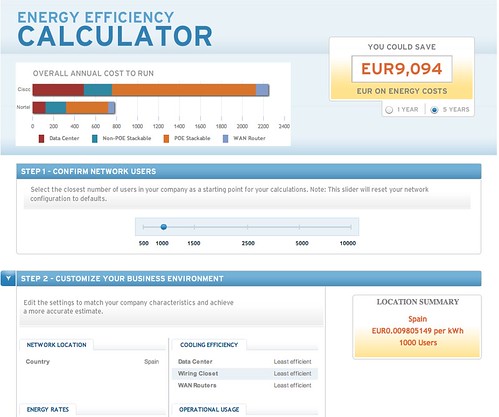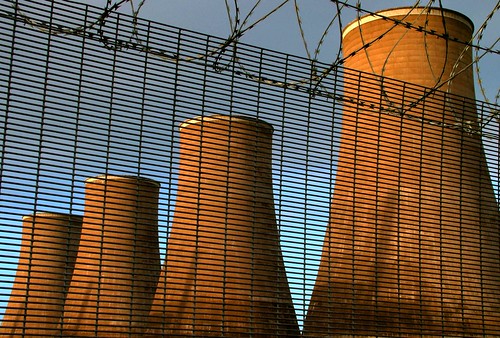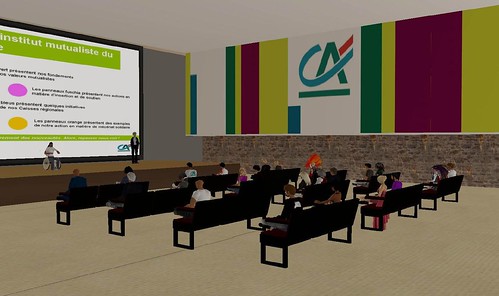One of the more interesting keynote talks at the recent SAP for Utilities conference in San Antonio TX was the one given by Stefan Engelhardt, SAP’s Head of Industry Business Unit Utilities.
In his keynote he discussed decarbonisation and SAP’s vision around Smart Grids and Smart Meters. I asked him if he’d be willing to come on camera to talk about some of these topics and he very graciously agreed.
With the vast majority of the world’s utilities using SAP’s software, they have their fingers firmly on the pulse of this sector. What was pleasantly surprising to me was the amount of interest SAP is seeing from their utility client companies in Smart Grids. As Stefan himself said in the interview:
For the next couple of years we see a clear trend towards the deployment of Smart Metering technology in the Utilities industry… and that means we have to adapt the existing business processes to this new technology
It was also fascinating to hear Stefan’s predictions around how Smart Grids will be rolled out gradually by utilities. Polling of smart meters by utilities will be ramped up bit-by-bit from maybe once a day to once every 10-15 minutes and this will have huge implications for the amount of data utilities will have to manage. Previously they may have collected 1 terabyte every 10 years. With smart meters reporting energy usage every 10-15 minutes they could be collecting 1 terabyte every month, or less!
With the roll-out of Smart Grids, utility companies will be able to publish energy prices in realtime based on supply and demand. This is important because electricity is more plentiful when renewables are contributing to the mix, so cheaper electricity should also track closely with Greener electricity!.
Utilities will now be able to offer new products like critical peak pricing for peak shaving in times of electricity shortage and even demand stimulation, to encourage people to consume electricity when supply is exceeding demand. This will encourage people to shift some of their loads to times when renewables are contributing more, thereby reducing the CO2 emissions associated with that load.
[Disclosure – SAP covered my expenses to attend this conference]





